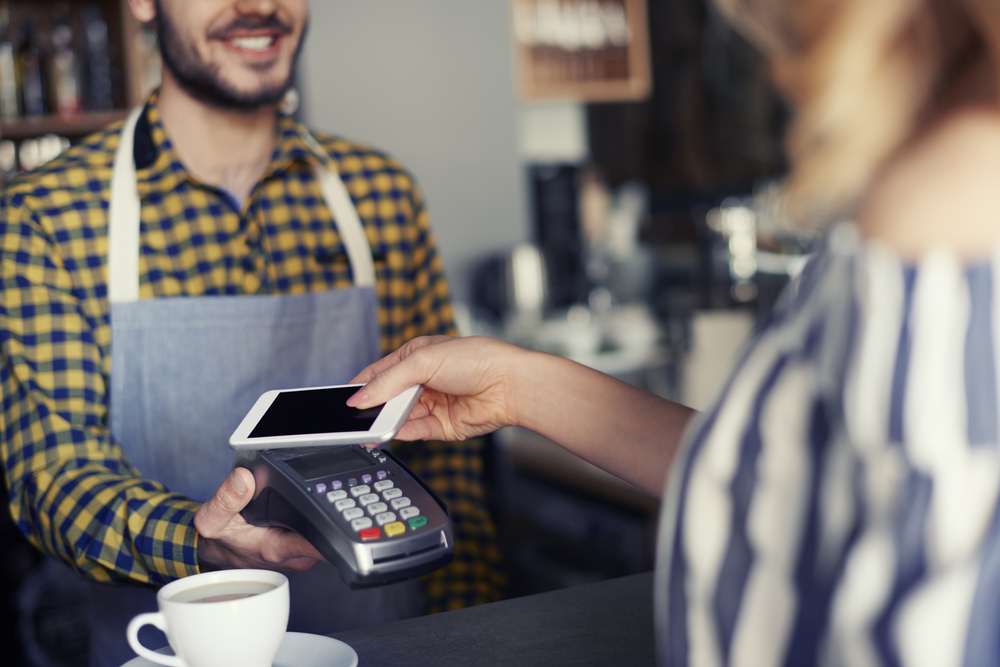Finance
Can Prepaid Stop a Backward Slide in the Number of Unbanked?

By Yuri Kropelnytsky, Softjourn’s Payments Expert

Yuri Kropelnytsky, Softjourn’s Payments Expert
Even though the U.S. unbanked population was declining prior to 2019, there are new fears that the pandemic may have reversed this course. In the U.S., the number of those living under the poverty line climbed to 8 million as CARES funding stopped, but work remained unavailable or inconsistent. It’s possible that this number may continue to climb—but it doesn’t have to.
Lacking access to a bank account prevents access to many different financial services, such as saving for the future or emergencies, applying for credit cards, or receiving loans. Instead, unbanked populations have turned to different financial tools to access and move funds, such as prepaid cards. Prepaid cards typically do not carry fees and do not require minimum amounts, two of the most-cited reasons for eschewing bank accounts.

Twenty percent of unbanked consumers report having cash lost or stolen, and in a study of low-income Los Angeles households, the average unbanked consumer lost two weeks’ worth of household expenses when cash was lost or stolen.
It might be surprising to hear, but of 1.7 million unbanked individuals, two thirds have a smartphone. In addition to this, unbanked use of digital wallets and similar services is growing, mostly because of the wider adoption of digital wallets during the pandemic. The most popular digital payment service provider that unbanked consumers use is PayPal.
This is great news, as in the same previously mentioned Pew study, most unbanked consumers had neither made nor even heard of making a payment using a smartphone.
Prepaid cards can be electronically produced and delivered in the form of a virtual prepaid card. In digital form, they can resolve security issues associated with GPR cards, as virtual prepaid cards can be protected with tokenization, mitigating fraud and theft. With a mobile device, measures such as biometrics and multi-factor authentication can add additional layers of security. Instant digital issuance and push provisioning can preserve the ease with which consumers purchase physical prepaid cards.
Whether physical or virtual, prepaid cards also enable real time disbursements and payments, which is beneficial to households where every dollar counts. A mobile app can capture and display spending insights, allowing unbanked consumers to manage their money more efficiently. This could eventually give them a foothold on the path toward long-term financial stability.
As when creating any kind of mobile application, designing it with the target audience in mind is paramount. Ensuring access to funds starts with disbursement. In offering a digital wallet or virtual prepaid card, disbursement can be handled in several ways: offering an application that accepts direct deposits to an account or implementing OCR technology for check scanning that enables remote deposits are just two suggestions.
While the number of POS stations accepting contactless payments is growing, the largest hurdle for financial inclusion is legacy infrastructure. Unbanked consumers suffer not only from a lack of physical bank branches but also often poor internet service or lack of cellular service, which can impede their ability to access mobile money solutions.
A lack of service can be tackled with many technologies, such as Unstructured Supplementary Service Data (USSD)-based text messages, Enhanced Data rates for GSM Evolution (EDGE), RFID or NFC devices, or even blockchain, in the right use case. Digital wallets such as Google Play and Apple Pay also don’t rely on the internet when near a POS to complete a transaction— a service connection is only necessary when a consumer is adding a card.
Financial institutions and fintechs interested in serving this population—which represents a possible $380 billion addition to the U.S. economy—should focus not only on designing a service that meets the needs of the unbanked population, but also work to educate consumers.
Educating unbanked consumers about how easy digital payments can be—and ensuring the user experience and payments flow is actually streamlined—can go a long way to driving unbanked inclusion and undoing the damage wrought by the pandemic.
Prepaid has a long and storied history of inclusion, so it is absolutely no surprise that it could help the ongoing problem of accessible financial services. Whether the issues plaguing the unbanked are resolved by an established prepaid provider or a fintech, these solutions are possible. The main barrier is creativity in bringing that accessibility to life.
About Softjourn:
Softjourn, Inc. is a global technology services provider with more than 10 years of experience working with Fintech companies. From mobile applications and self-service portals to independent platforms, we help reduce operational costs and increase revenue.
About Author:
Yuri Kropelnytsky is Softjourn’s Payments Expert, with over 10 years of experience working with payment processors. He has worked with one of the largest Eastern European card processors, including coordinating long-term support of the processing system and leading development of new processing software. His experience includes programming smart cards, EMV chips, HSMs, key management, and ATM programming.
This is a Sponsored Feature

-
Finance4 days ago
Cross-border payments: The key to global business success
-
Banking4 days ago
Open Banking and Cross-Border Payments: Advancements and Challenges
-
Interviews4 days ago
Navigating the Transformative Banking Landscape
-
Finance3 days ago
An Overview of Exchange-Traded Funds (ETFs) and Their Benefits







